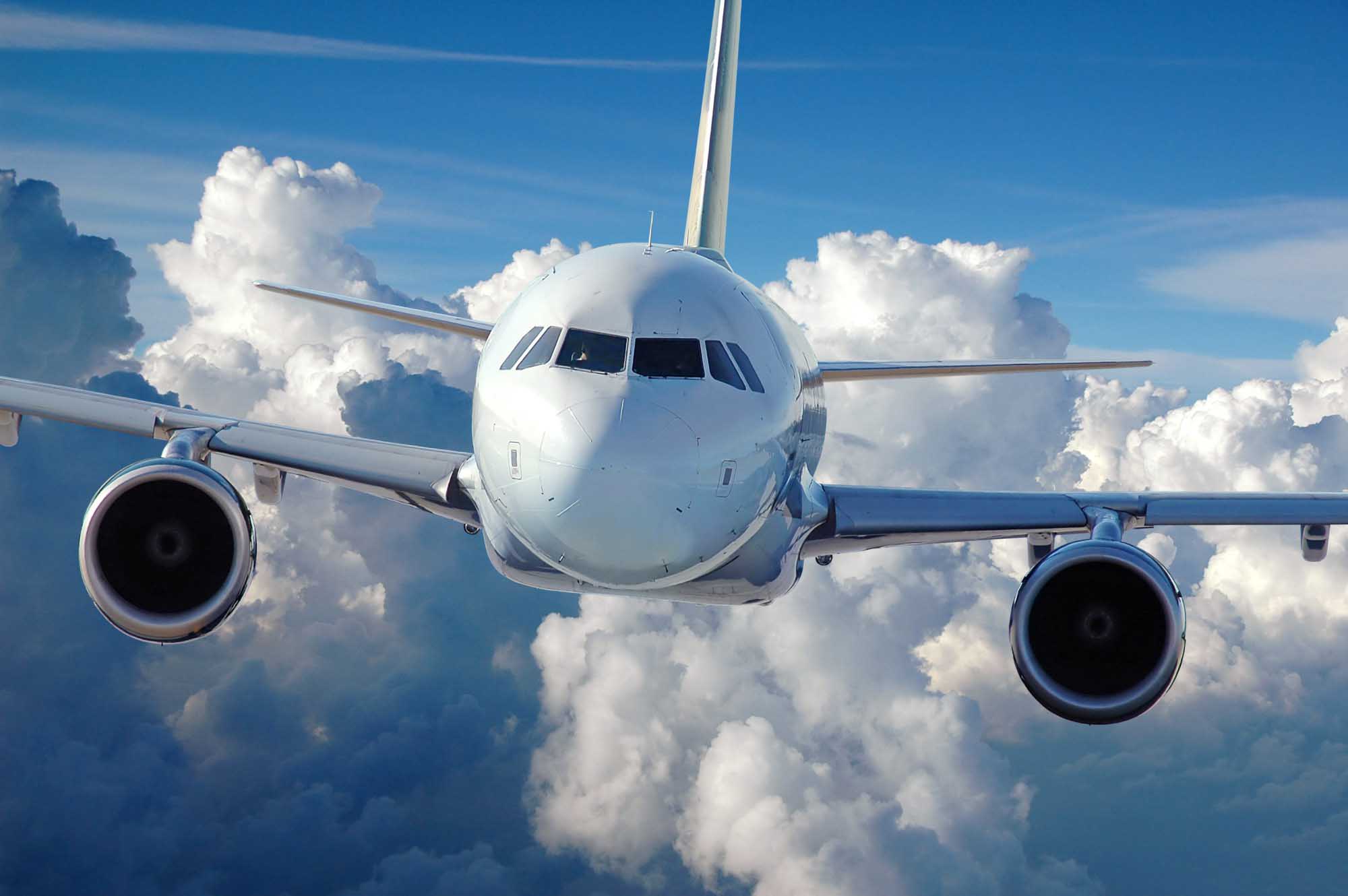The COVID-19 pandemic has touched virtually every industry on the face of the planet in one way or another. A few industries benefitted, such as delivery services and medical supply companies, but most suffered. The aviation industry is firmly in the latter category.
Of course, the aviation industry today is a complicated beast that encompasses airlines, business aircraft, general aviation, manufacturing, and charter services. So, even if the industry suffers as a whole, it doesn’t mean all parts of the industry suffer equally across the board.
The current uncertainties around the world raise an interesting question:
What’s in store for the aviation industry?
Let’s dive in and see if we can tease out some insights about the industry’s future.
Massive Profit Loss for Major Airlines
The COVID-19 pandemic is a financial disaster for the major airlines and the aviation industry in the near-term. Estimates place the total loss for the industry at about $84 billion for 2020 alone and another $16 billion for 2021.
Most countries in the world still maintain total closure or partial closure for foreign travelers. Many of the countries that allow some traveling still maintain strict quarantine procedures upon returning home.
Even domestic travel in the US remains problematic as states reclose or pause their phased reopening.
These factors all cut into the aviation industry’s revenue stream. Lack of business, of course, also means swelling debt as airlines try to keep their businesses afloat until the pandemic subsides.
Major Airlines Workforce Reduction
Labor costs typically make up a big part of the operating expenses for any business. Airlines are no exception to this rule. As airlines look for ways to stem the bleeding, expect severe workforce reduction among the major airlines.
While no hard and fast numbers exist yet, aviation industry experts expect labor force reduction will range from 30%-50%. That can mean tens of thousands of airline employees out of work in the next few months.
While airlines will presumably rehire some employees as air travel picks back up next year, it’s anyone’s guess when airline employment will reach pre-COVID levels again.
Reduced Plane Purchases for Major Airlines
Aircraft manufacturers should expect a more extended reduction in new orders along with order cancellations. While airlines often work with a mix of older and more modern planes, few airlines will look for additional new aircraft in the near-term.
Part of this stems from reduced capacity across almost all airlines globally. As airlines limit the number of routes they fly or the number of times they fly a route in a day, it reduces wear-and-tear on their planes. That reduced wear and tear extends the working life of the aircraft in an airline’s fleet.
One thing major plan manufacturers have going for them is that they often carry order backlogs. Even if airlines don’t order new planes or cancel some orders, companies like Boeing and Airbus can carry on with their current orders for a time.
Private Air Travel Boom
While COVID devastated major airlines and will likely reduce new orders for plane manufacturers, it benefits private air travel. There is an influx of new customers for the private jet market for a variety of reasons.
Private air travel almost always involves small groups of people, such as families or business associates. That limits the exposure concerns of travelers. It also offers an alternative to major airlines where the perceived exposure risk runs higher.
Private or charter jets are smaller than commercial airline aircraft. That makes sanitizing them for the next flight faster and easier.
The industry boom probably won’t last indefinitely. Commercial travel is a much less expensive option. The industry probably will see a small uptick long-term as it entices first-time flyers into becoming periodic customers.
Small and Used Aircraft Sales
Not every charter company survived the initial fallout of the pandemic. Some couldn’t weather the short-term financial blow. Others took it as a sign that it was time for something new.
That means many larger planes have come on the market or will come onto the market soon.
Some more prominent airlines will sell off older planes for much-needed capital infusions. The fleet reduction will also help lower their operating costs.
The truth is many markets are doing quite well, from single-engine fixed-wing aircraft to medium-sized corporate jets, which are all selling faster than inventory can supply. Many brokers are reporting that anything under 5 Millon will have numerous buyers. Combine this with backlogs on modern performance aircraft like the Cirrus SR22T and Diamond DA60, and you have the makings of a very bifurcated market.
This situation creates several possible opportunities.
Private Plane Purchase
For anyone in the market for their private jet, this is an ideal time for a purchase. Financing is plentiful; bonus depreciation is appealing,
and aircraft can be purchased for a fraction of a new equivalent.
The Future of the Aviation Industry
Predicting the future of the aviation industry isn’t a straightforward task. Different parts of the industry will see different outcomes.
The major airlines will face ongoing financial stress from lost revenue and dramatically increased debt. Plane manufacturers will likely face similar pressure in the next 24 to 36 months as recovery begins to emerge sometime, hopefully in 2021.
There has never been a more exciting time to purchase a plane than right now. You will avoid mass gatherings at airports and visit locations you only dreamed of utilizing a car or airliner.
If you are in the market for a plane or two, you’ll want valuations and appraisals on them. VREF specializes in aircraft valuations and appraisals. Contact VREF today for questions or information about our services. Contact Jason Zilberbrand, ASA, for appraisals Jason@VREF.com.




